![图片[1]-Smart Agriculture Drone: The AI-Powered Partner Transforming Modern Farming-msoen](https://www.msoen.com/wp-content/uploads/2025/04/27fe7401e7184641-1024x768.jpg)
In an era where agriculture must balance efficiency, sustainability, and profitability, smart agriculture drones have emerged as a revolutionary tool. These drones are more than just flying machines—they’re intelligent systems that collect data, analyze it, and act autonomously to optimize farming operations. By integrating cutting-edge technologies like AI, IoT, and machine learning, smart drones are redefining how farmers protect crops, manage resources, and boost yields.
What is a Smart Agriculture Drone?
A smart agriculture drone is an unmanned aerial vehicle (UAV) equipped with advanced sensors, AI-driven analytics, and automation capabilities. Unlike traditional drones, which primarily perform tasks like spraying or mapping, smart drones learn from data, make real-time decisions, and adapt to changing field conditions. They act as “farmers in the sky,” bridging the gap between data collection and actionable intervention.
Key Features of a Smart Agriculture Drone
To qualify as “smart,” these drones integrate several cutting-edge technologies:
- Multi-Sensor Data Collection
Smart drones are equipped with a suite of sensors to gather detailed field insights:
- Multispectral Sensors: Capture data across visible and non-visible light spectrums (e.g., near-infrared, red edge) to assess crop health, nutrient levels, and stress (e.g., drought, disease).
- Thermal Sensors: Detect heat patterns to identify water-stressed plants or irrigation inefficiencies.
- RGB Cameras: Capture high-resolution images for visual inspection (e.g., pest infestations, weed growth).
- LiDAR: Creates 3D maps of fields to analyze terrain, crop height, and density.
These sensors generate big data—terabytes of information on soil health, crop conditions, and environmental factors.
- AI-Powered Analytics
Raw sensor data is useless without interpretation. Smart drones use machine learning algorithms to analyze data and generate actionable insights:
- Crop Health Maps: Identify stressed areas (e.g., nutrient deficiencies, pest outbreaks) using vegetation indices like NDVI (Normalized Difference Vegetation Index).
- Yield Predictions: Forecast crop yields based on historical and real-time data, helping farmers plan harvests and marketing.
- Optimal Intervention Zones: Determine where to spray pesticides, fertilizers, or water—minimizing waste and maximizing impact.
- Autonomous Task Execution
Smart drones don’t just collect data—they act on it. Using AI-driven autonomy, they perform tasks like:
- Precision Spraying: Adjust chemical flow in real time based on crop density, wind speed, and pest hotspots (reducing waste by 40–60%).
- Targeted Seeding: Plant seeds only in fertile, well-prepared soil, optimizing land use.
- Irrigation Management: Direct water to drought-stressed zones identified by thermal sensors.
- IoT Connectivity & Real-Time Monitoring
Smart drones connect to cloud platforms via 4G/5G or satellite networks, enabling:
- Live Data Streaming: Farmers access real-time insights (e.g., pest alerts, soil moisture levels) via mobile apps.
- Remote Control: Operators can adjust flight paths, spray parameters, or mission priorities from a smartphone or tablet.
- Fleet Management: Coordinate multiple drones for large-scale operations, ensuring efficient coverage of vast fields. Benefits of Smart Agriculture Drones
- Boost Productivity & Yields
- Faster, Smarter Operations: A smart drone with a 30L payload covers 40–50 acres per hour—tripling the efficiency of manual spraying. For a 10,000-acre farm, this cuts spraying time from 10 days to 20 hours.
- Targeted Interventions: By treating only stressed or infested areas, crops receive optimal care, increasing yields by 10–25% for high-value crops like grapes or cotton.
- Reduce Costs
- Lower Input Expenses: Precision spraying and seeding cut chemical, fertilizer, and water usage by 40–60%. For a 1,000-acre farm, this saves $5,000–$15,000 annually.
- Minimize Labor Costs: Eliminate manual labor for scouting, spraying, or data collection—critical for smallholder cooperatives or large agribusinesses.
- Protect the Environment
- Reduce Runoff: Precise application prevents chemicals from leaching into waterways, safeguarding aquatic life and drinking water.
- Lower Carbon Footprint: Efficient flight paths and electric/hybrid power systems reduce fuel consumption and emissions.
- Improve Decision-Making
- Proactive Farming: Early detection of pests, diseases, or nutrient deficiencies allows farmers to act before losses occur. For example, thermal drones identifying water-stressed vines can trigger targeted irrigation, preventing crop failure. Real-World Impact: Smart Drones in Action
- Brazilian Soybean Farms: A 20,000-acre estate used a smart drone with multispectral sensors and AI analytics to map nutrient deficiencies. By applying fertilizers only to deficient zones, they reduced fertilizer costs by 38% and increased yields by 18%.
- Indian Cotton Cooperatives: A group of 150 smallholder farmers leased smart drones to spray pesticides only on pest-infested patches. This cut chemical usage by 50%, saved $80,000 annually, and reduced waterway contamination.
- Napa Valley Vineyards: A 1,000-acre winery used thermal drones to identify water-stressed vines. Targeted irrigation reduced water use by 30% while maintaining grape quality, boosting wine prices by 15%. Why Choose a Smart Agriculture Drone from a Trusted Manufacturer?
As a leading manufacturer, we integrate cutting-edge AI, sensor, and automation technologies with farmer-centric design to deliver unmatched performance:
- Customizable Solutions: We tailor drones to your needs—whether a 10L model for small vineyards, a 50L unit for mega-farms, or RTK-enabled drones for high-precision applications.
- Global Compliance: Our drones meet international standards (CE, FCC, ISO 21442) and adhere to regional regulations (e.g., EU’s strict pesticide rules, Brazil’s large-farm safety guidelines).
- Lifetime Support: From pre-sales field trials to on-site training and 24/7 after-sales service, we ensure your drone operates reliably for years. The Future of Smart Agriculture Drones
The next generation of smart drones will integrate even more advanced technologies:
- Swarm Technology: Multiple drones collaborating to cover large fields simultaneously, reducing time and costs.
- Predictive Analytics: AI models forecasting pest outbreaks or yield potential based on historical and real-time data.
- Fully Autonomous Farms: Drones working alongside robots and IoT sensors to create closed-loop farming systems, where every action (planting, watering, harvesting) is optimized by data. Your Next Step: Embrace Smart Farming
A smart agriculture drone isn’t just a tool—it’s a partner that transforms how you protect crops, manage resources, and boost yields. Whether you’re a small family farm or a large agribusiness, this technology empowers you to farm smarter, greener, and more profitably.
Contact us today to learn how our smart agriculture drones can revolutionize your farming operations—or schedule a demo to see them in action.

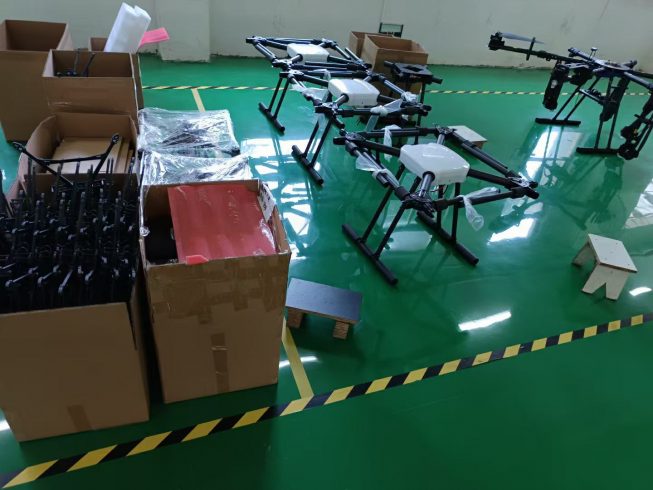
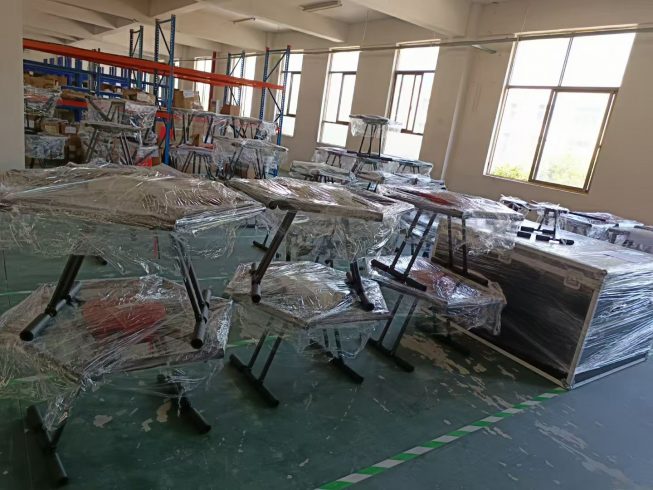
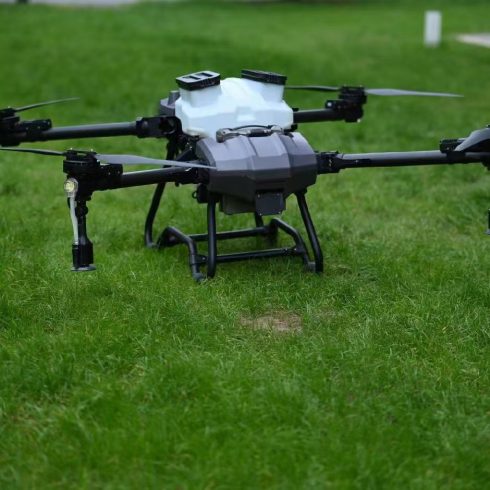
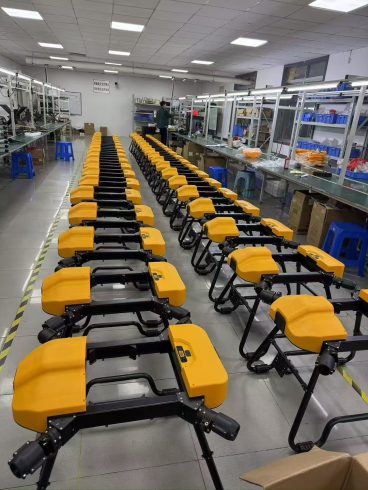
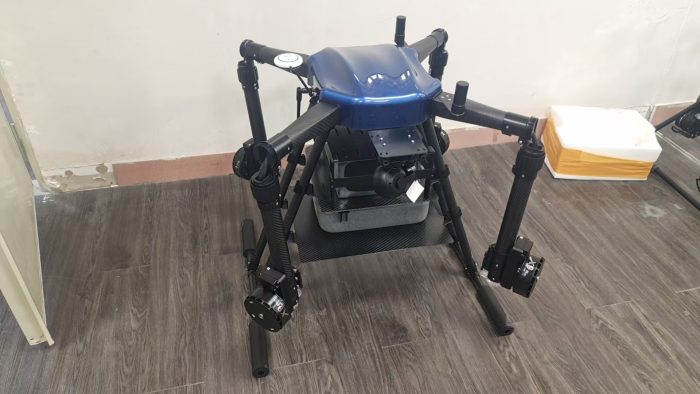
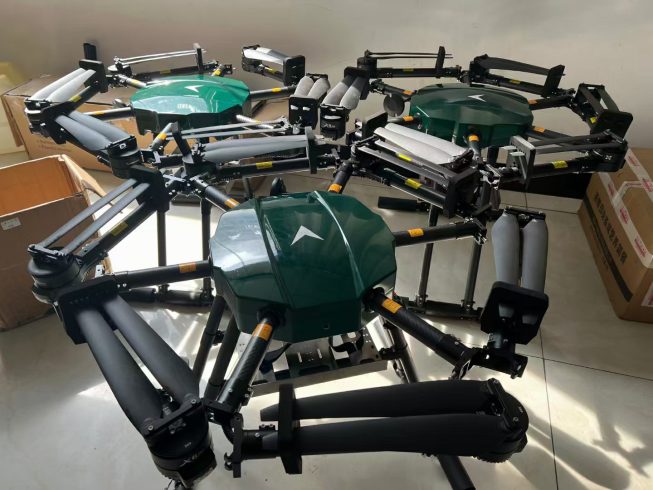
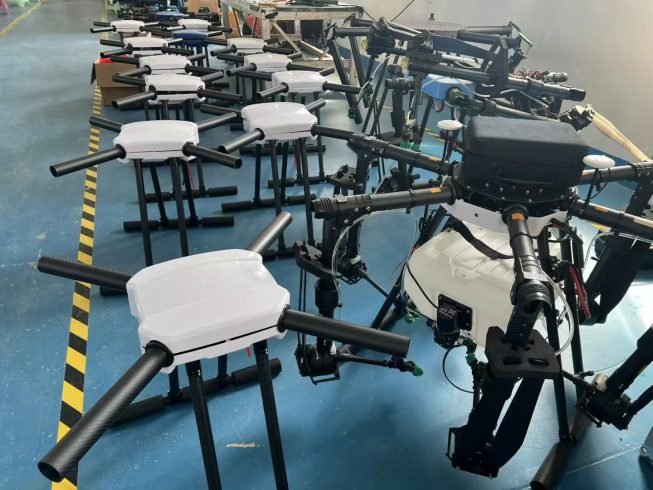
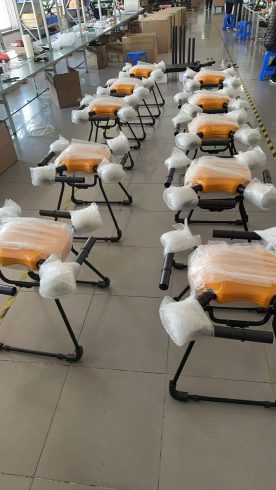
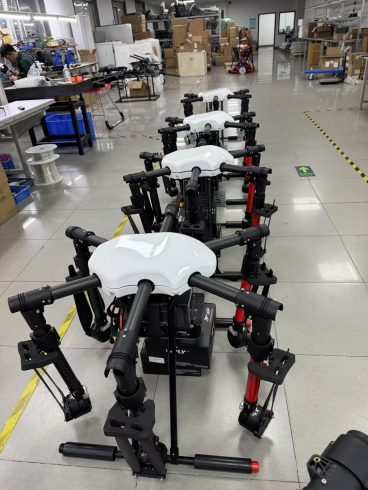
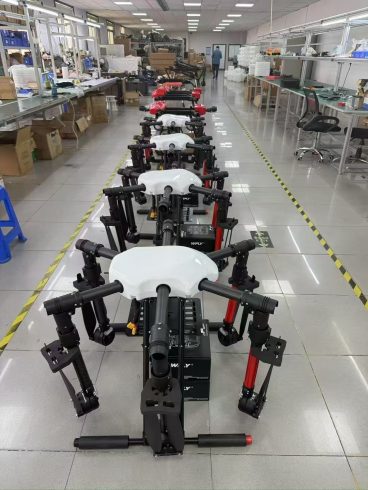
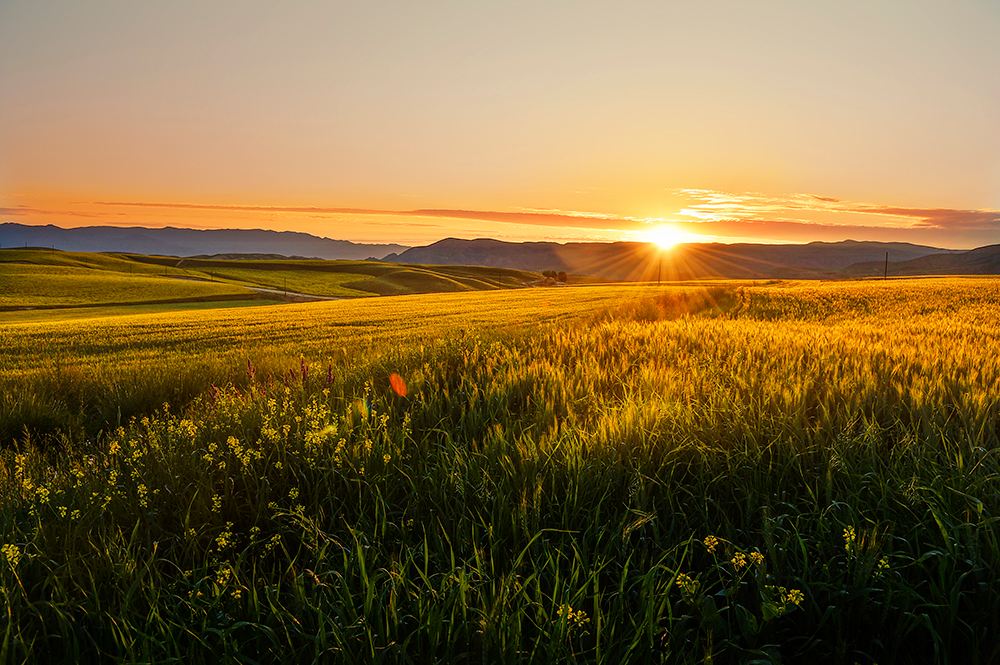
暂无评论内容